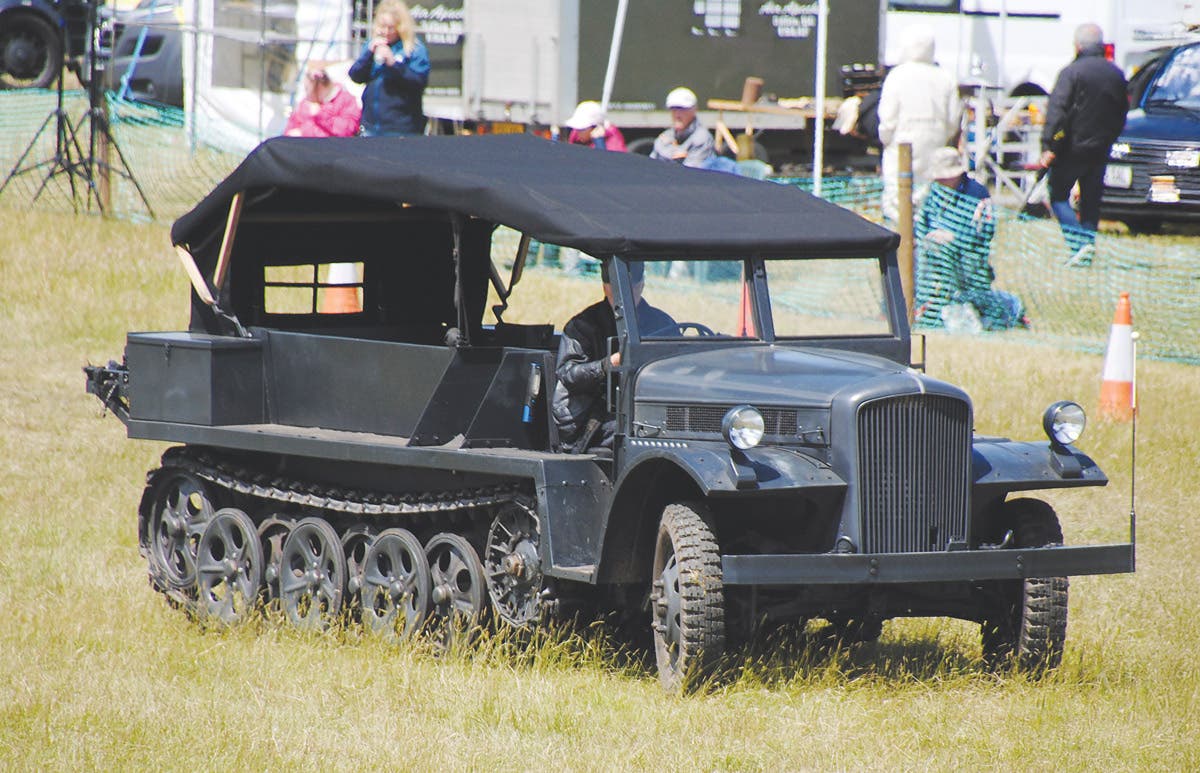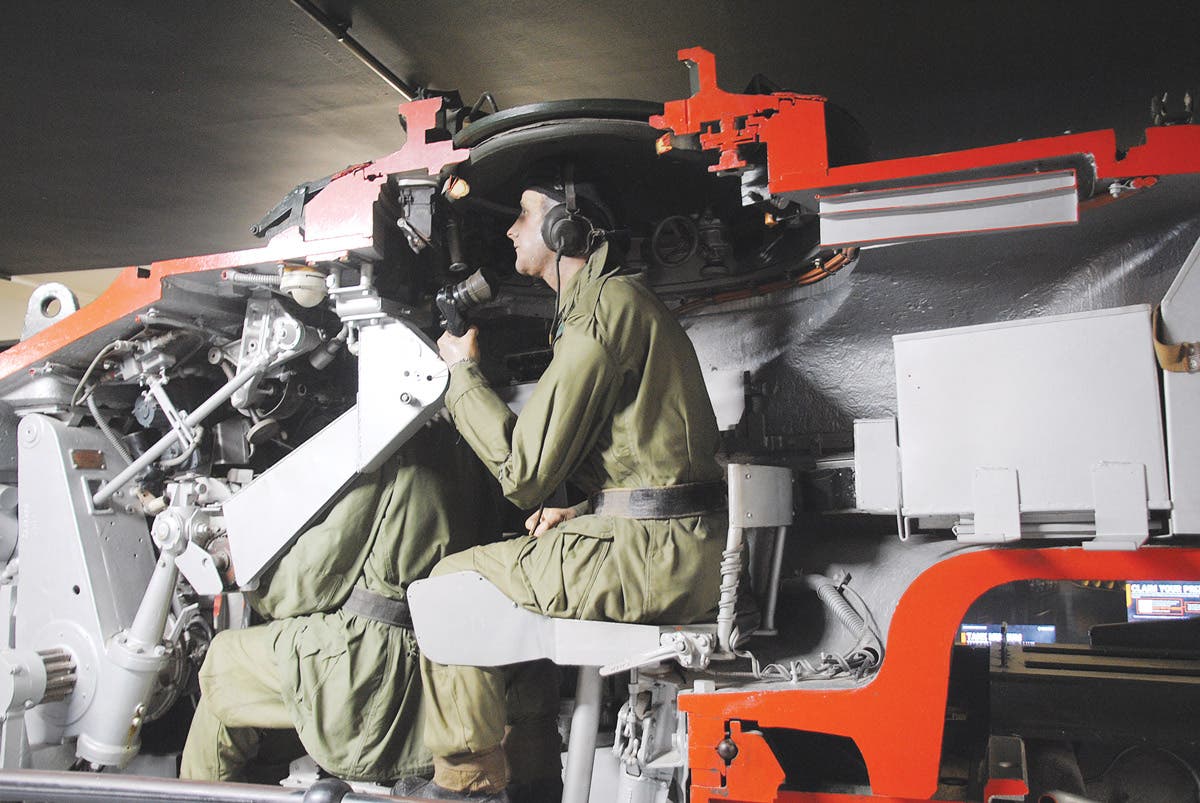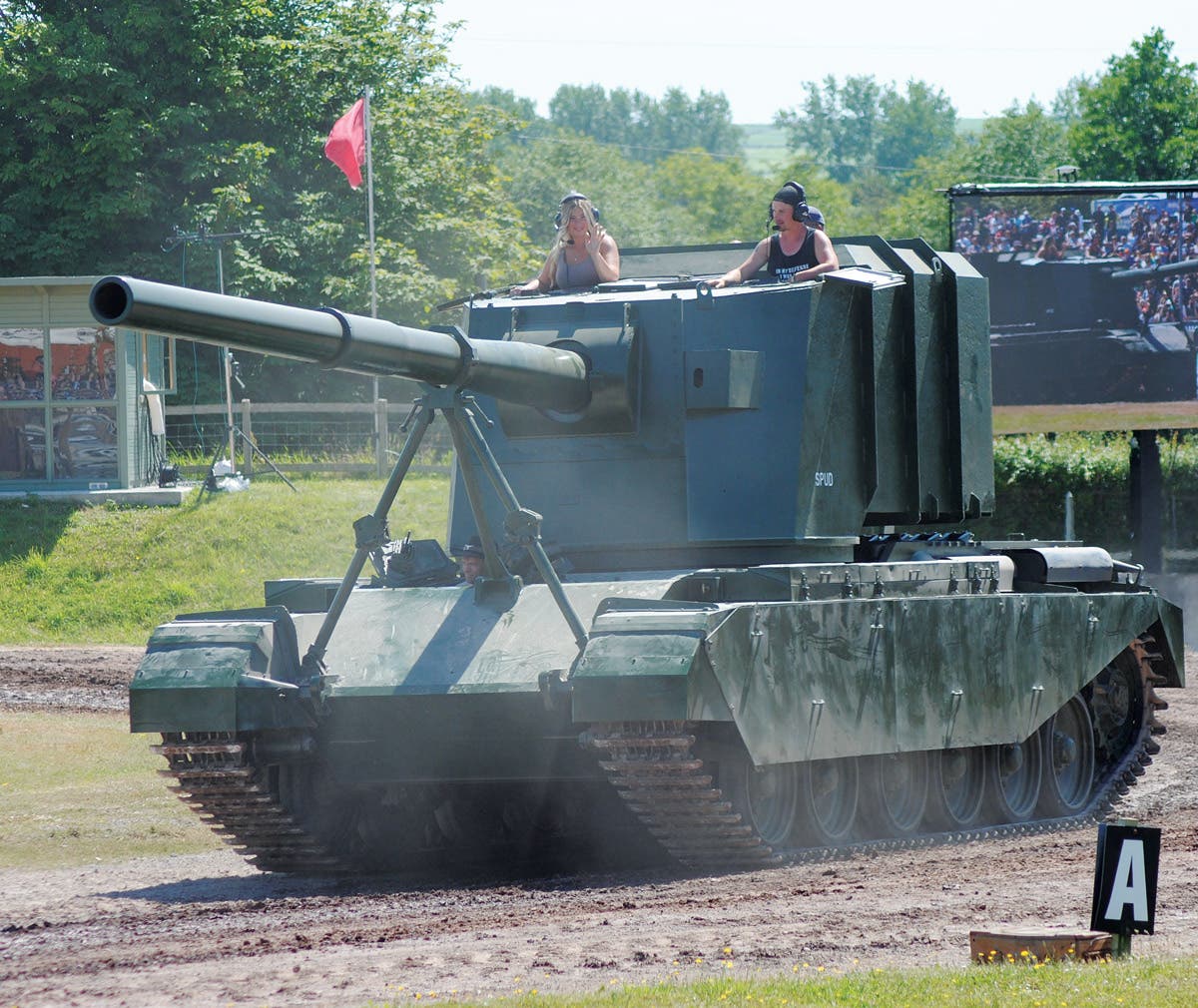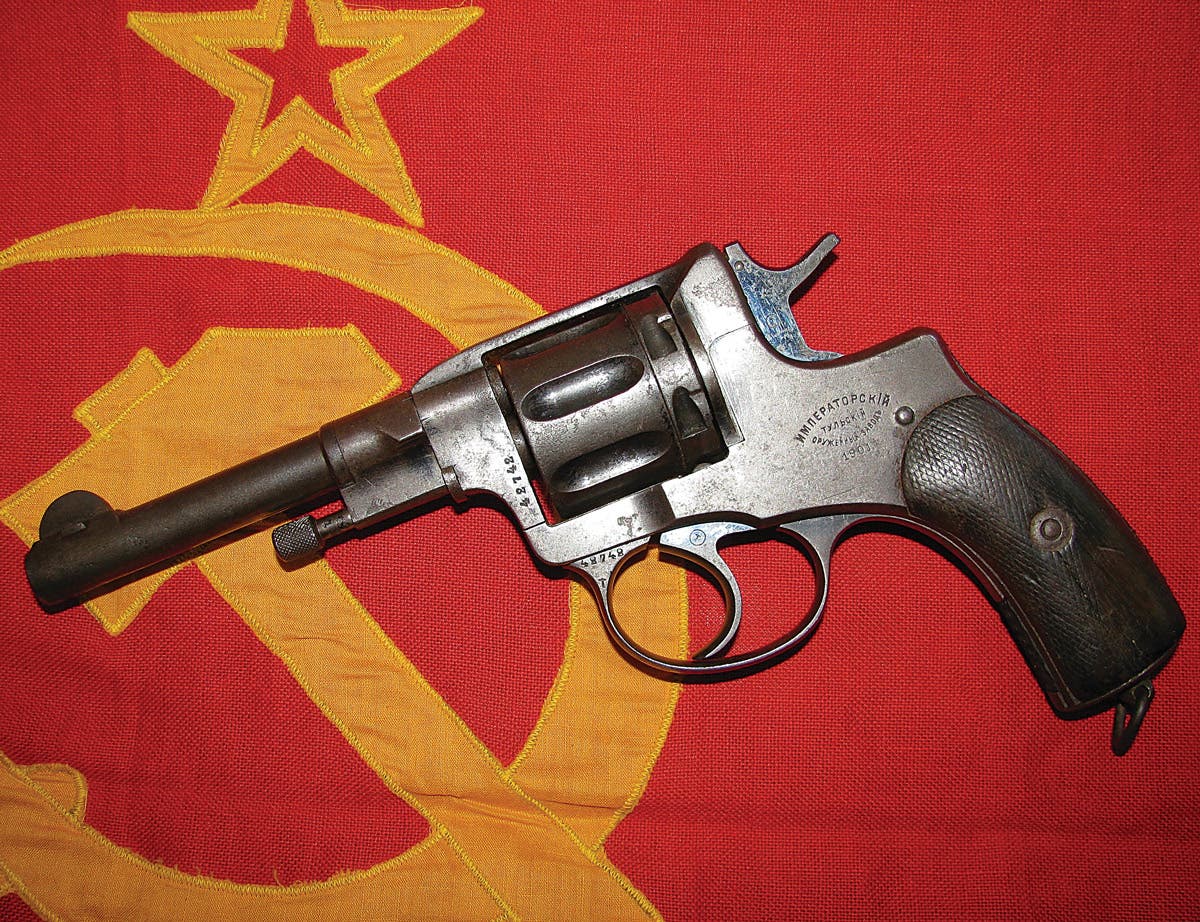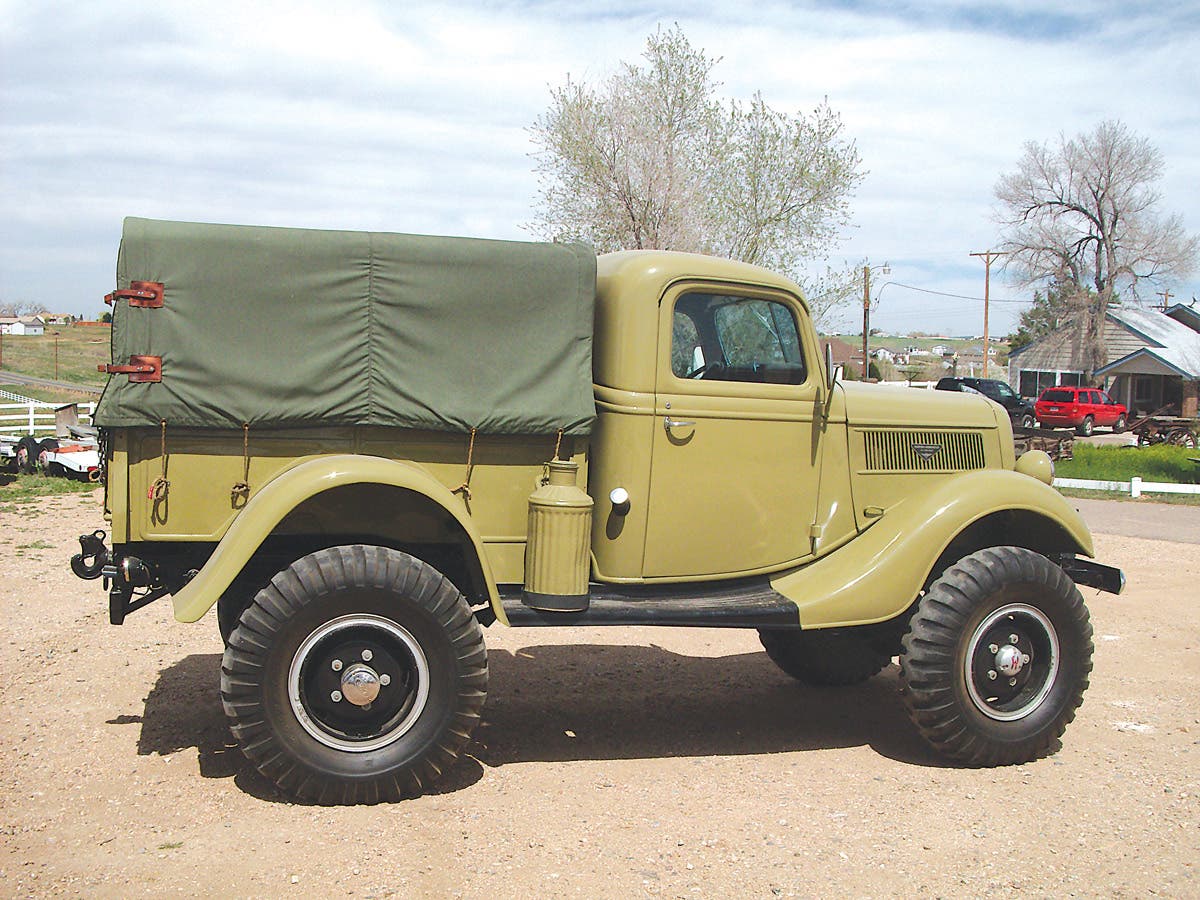A Rugged Renault
The popular post-war 1000kg R2087 truck that could.
In 1899, a new French motor vehicle manufacturing company was established and named after the family of the three founding Renault brothers. Very quickly they built up a reputation for quality and reliability and went on to supply the French armed forces with a range of vehicles and aircraft engines during the First World War. This association with the military continued throughout the 1920s and 1930s with Renault supplying trucks to the French army right up to the time of the outbreak of World War II in 1939.
When France was occupied by the German Army in 1940, the factories of Renault, like those of all other French vehicle manufacturers, were pressed into working for the German war effort by producing trucks. When the country was liberated in 1944, it was seen as vital that these companies recommence production for the post-war economy as soon as possible. With that in mind, the French Ministry of Industrial Production appointed Paul-Marie Pons, a naval engineer, to oversee the reconstruction of the country’s motor industry.
His idea was to give a share of the market to all of the companies in what would become known as the “Pons Plan”. He suggested that the companies of Renault and Peugeot produce vans in the 1,000kg to 1,400kg-load capacity range, while other companies such as Citroen would produce heavier capacity trucks in the 2,000kg to 3,500kg range. Renault adhered to the suggestion and fell back on plans to create its new range of vehicles using designs which had been drawn up just before the outbreak of war. Because of this readiness by Renault, they were able to offer to the military for evaluation their first prototype of the new light van with a load capacity of 1,000kg before the end of 1945. However, there was a lack of interest from the army, largely because there were so many other vehicles readily available and in service in the post-war era.
After a gap of two years, the truck was offered for general sale in 1947 and would later be called the “Voltigeur”, meaning “vaulter”. This was followed two years later by a design with a 1,400kg capacity that would become known as the “Goélette”, to mean “schooner”, in 1956. Both these vehicles were an instant success with more than 124,500 being sold throughout the 1950s.
Once in use in the civilian market, the designs attracted the military which took a renewed interest in the trucks. The first military vehicles of the line entered service in 1957. They were given the designation of R2087, with “R” representing the National Board of Renault; “2” denoting it was a utility truck fitted with a gasoline engine; “08” represented the series and, finally, “7” denoted the model within the series.
These vehicles required some modifications for military use, such as 4x4 drive and a 4-stroke, liquid-cooled 1996cc Type 85 “Etendard” petrol (gasoline) 2.2-liter engine with side valves. This had four-speed gears and developed 64 hp at 3,300 rpm to produce road speeds up to 65 mph, with an operational range of almost 220 miles.
None of the vehicles in the range were ever armed and they would go on to be used by all three branches of the armed forces and serve in a range of duties, including basic trucks for transportation of troops and supplies, ambulance, command vehicles and communications. The van versions, known as “Fourgon”, to mean a wagon for carrying baggage, had wooden frame structures onto which sheet metal parts were fitted. They were used by the fire service, the postal service and as civilian and military ambulances with the capacity to carry four stretcher cases. The version used by the police was known as a “panier á salade” — literally a salad basket.
The French Army used about 16,900 R2087 utility trucks, deploying them to operational areas such as Algeria in the 1950s. The basic version weighs 2.23 tons and is of a design referred to as “COE”, meaning cab-over engine, a feature which reduced the overall length. Indeed, the truck is just over 15 feet 9 inches. Height to the top of the driver’s cab is just over 8 feet and overall width is about 6 feet 6 inches. A ground clearance of less than 10 inches meant it was difficult to drive in its cross-country roles.
The driver’s cab is fitted with split windscreen with the two halves capable of being raised independently of one another. It has a “torpedo” canvas roof on the driver’s cab and a separate canvas cover for the rear cargo space, which has the capacity to carry about 12 fully equipped soldiers. The vehicles were fitted with rear-mounted hooks to allow trailers to be towed, and event heavy mortars up to 120mm caliber. It could also carry the ammunition and crew for the mortar at the same time.
The R2087 range was officially withdrawn from military service in 1963 and production ended in 1965. Today, the vehicle range is popular with MV fans and there is a dedicated website for owners and enthusiasts, where they can exchange news and views about the vehicle. It can be found at: www.r2087.free.fr, which has a translation facility. Examples of the vehicle are for sale in various conditions from road-legal to restoration projects.
The owner of the R2087 truck seen in these photographs is “Baz” Barrimore England, a founding member of the French Army Re-enactment Group FARG.
He traced his truck’s history back to the Ardennes in France, where it had been used by the Gendarmerie. It had low mileage and he acquired it for only £1,000 GBP (about $1,190 U.S.) After transporting it home to England, he set to work replacing the clutch, cleaning out the fuel tank and fitting a refurbished master brake cylinder. He is still working on it and at present he is replacing the engine because, among other things, water is getting into the sump.
“It’s a joy to drive, but a little underpowered, especially when loaded up,” England said. Another irritation he says is; “… The truck doesn’t have a temperature gauge so keeping eye on the cooling system is a full time job!” Apart from that he is perfectly happy with his truck and is looking forward to once again taking it to shows when it’s fixed.
*As an Amazon Associate, Military Trader / Military Vehicles earns from qualifying purchases.




